Spring is well underway and hedges across the countryside are rich with colours and sounds as blossoms emerge and wildlife awakens. This time of year provides a really great opportunity to start thinking about the diversity of flowering plant species across the hedgerows that we manage. Observing the hedges across a field, garden or park in spring, can reveal the location and variety of flower resources on offer.
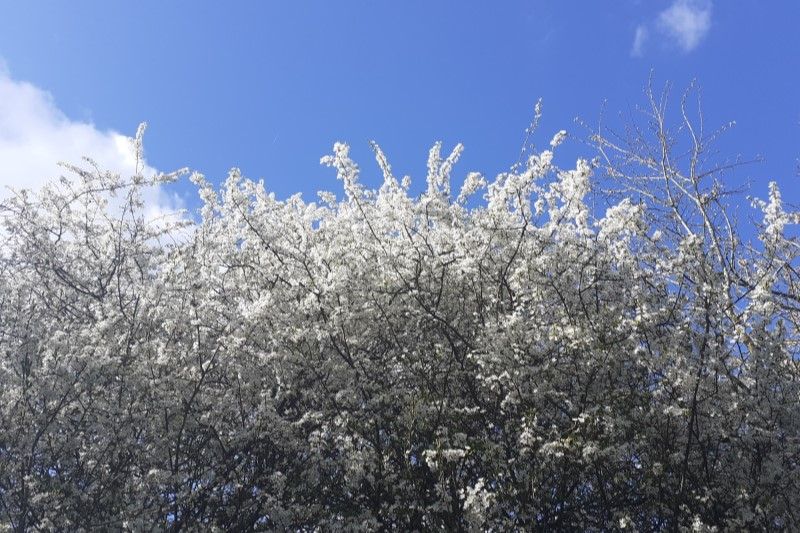
Providing nectar-rich flowers in spring
Nectar-rich flowers are needed in the spring, to supply pollinators with the nectar that they require for energy as they emerge from hibernation. Different species emerge from hibernation at different times. Some bumblebees can be seen as early as February, while many of our solitary bees appear a little later. A good diversity of nectar-rich hedgerow plants that flower at slightly different times across the spring months, helps to provide a continuity of supply.
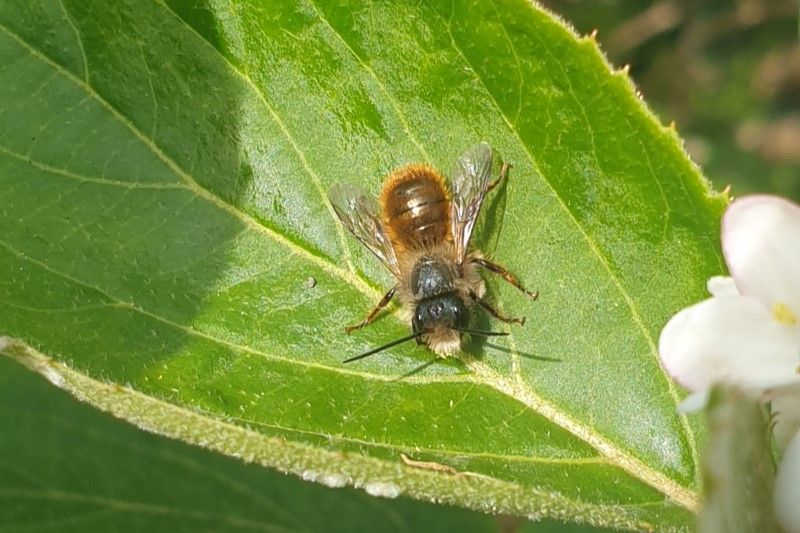
Blackthorn, goat willow and grey willow all flower very early in the year, providing nectar at a time when little else is available. Slightly later in the year, hawthorn emerges, again providing a rich nectar resource. At the base of the hedgerow, red and white deadnettle, dandelions, cow parsley and a multitude of other species, provide hugely valuable nectar and pollen resources as well.
Many species other than pollinators rely on the availability of a diversity of flower resources in the spring and throughout the year. Being successional feeders, dormice readily consume hawthorn, oak, willow and blackthorn flowers in the spring before moving on to other resources later in the year such as honeysuckle flowers.
Many crop pest predators as well as many invertebrates that feed on deadwood as larvae also need a supply of nectar and pollen as adults. Bats and birds, forage on the greater insect abundance attracted by a diversity of flowering shrubs.
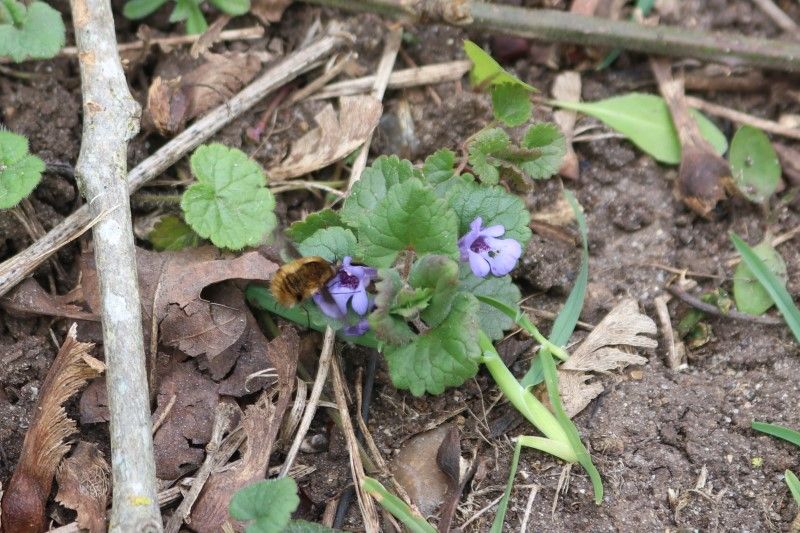
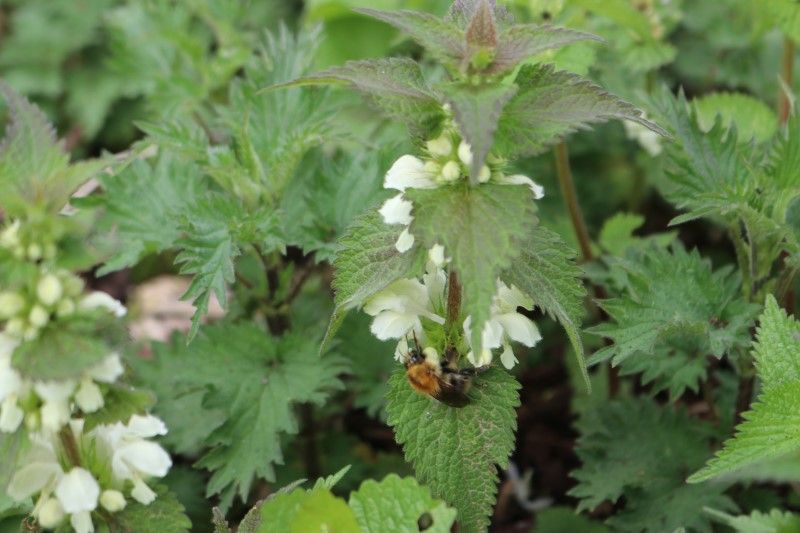
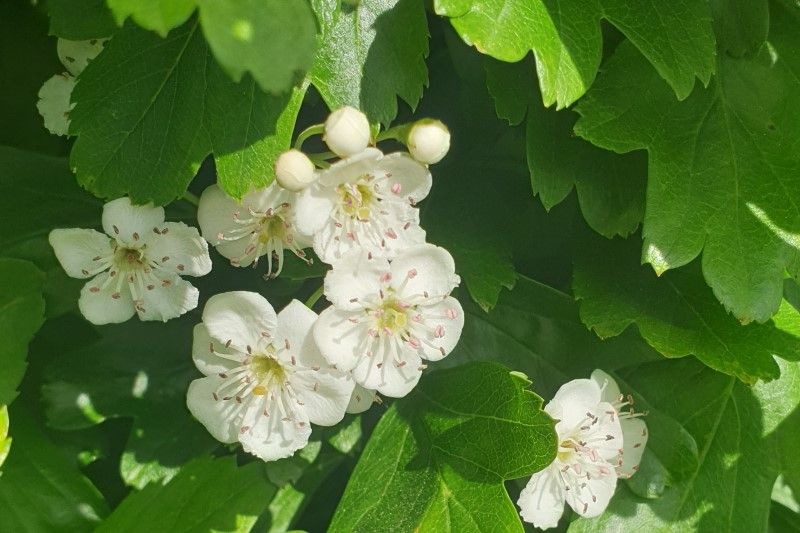
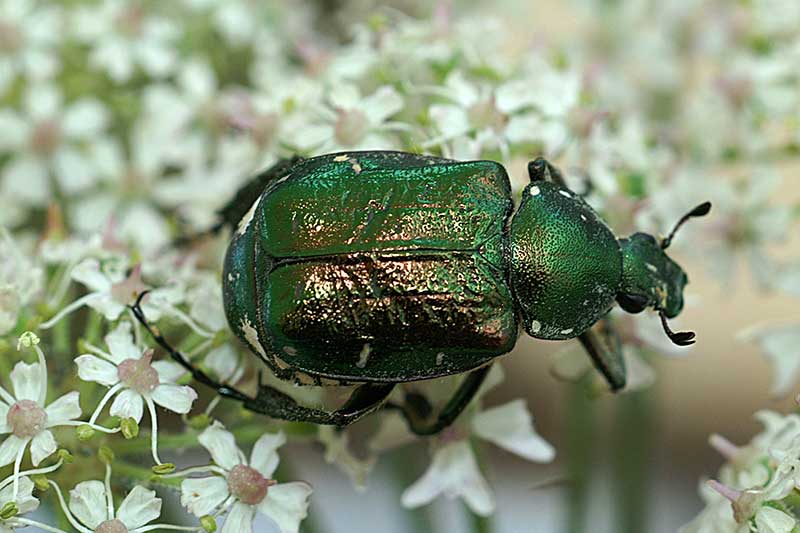
Planning ahead: increasing floral abundance and variety
Just how abundant flower resources are at this time of year is greatly influenced by our cutting regimes. Most hedgerow plants blossom on second year wood. This is why cutting hedges in rotation every 2-3 years increases the flower abundance when compared with annual cutting. Cutting hedges incrementally wider and taller also leads to a greater abundance of second year wood and a greater availability of blossom.
Spring is therefore a great time to start developing a garden, farm, or landscape-wide hedge management plan, thinking about:
- Whether a two- or three- year rotation works better?
- Whether uncut hedges with abundant resources of flowers are distributed throughout?
- Whether there are hedges that require rejuvenation and if so, whether others can be entered into a period of non-intervention to reduce the temporary loss of flowers through coppicing or laying?
Spring is also a good time to think ahead in terms of increasing the flowering shrub diversity in hedges. If you notice areas with few flowering species in the spring, consider how to increase this diversity. For example, make a note to plant up hedgerow gaps in the autumn with flowering shrub species not already present. If you decide to plant a new hedgerow, make sure to include a diversity of species.
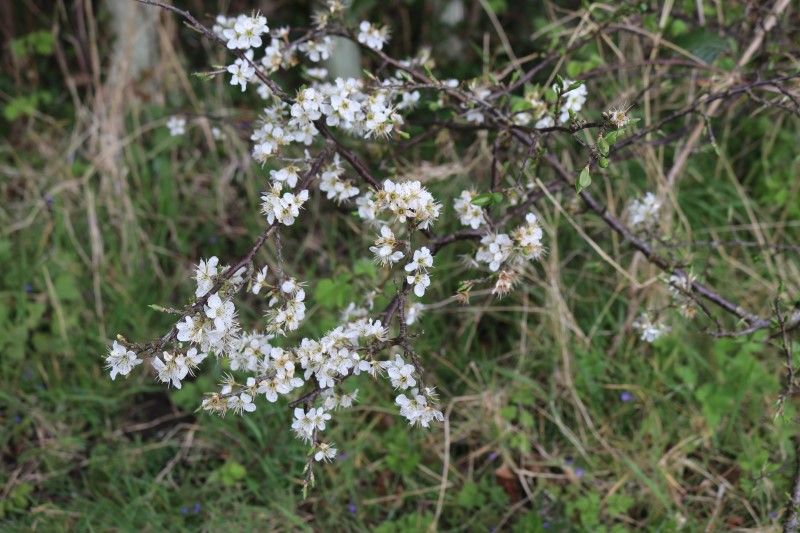
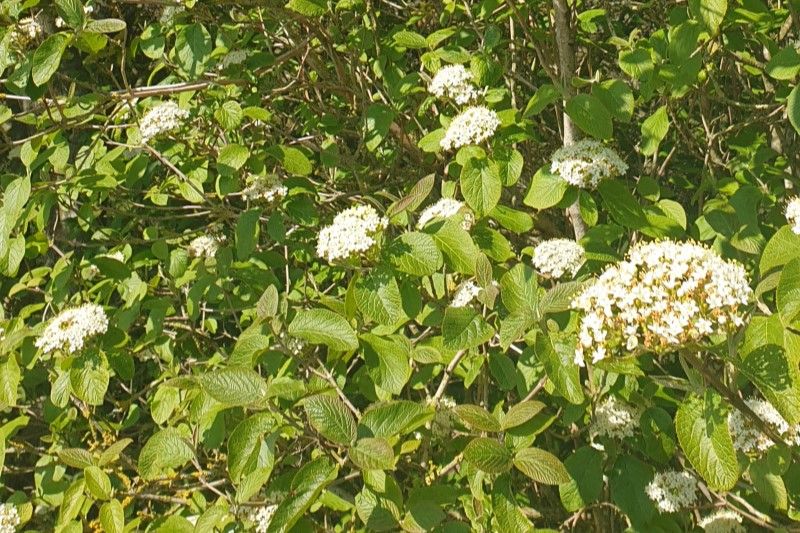
Species diversity throughout the year
Collectively, pollinators and crop pest predators need a supply of nectar and pollen throughout the foraging season which, for some species, extends well into the autumn. Many of the hedgerow species such as hawthorn and blackthorn that were blooming in spring, provide fruit for birds and other wildlife in the late summer and autumn.
Some of our wildlife are specialist feeders across at least part of their life cycle. This means that they feed off only one or a few hedgerow plant species. Without those plants, they won’t survive. Solitary bryony mining bees* for example, only consume pollen from – you guessed it – bryony! Maintaining as many plant species as possible in our hedges can support a huge diversity of wildlife.
Health check your hedgerows
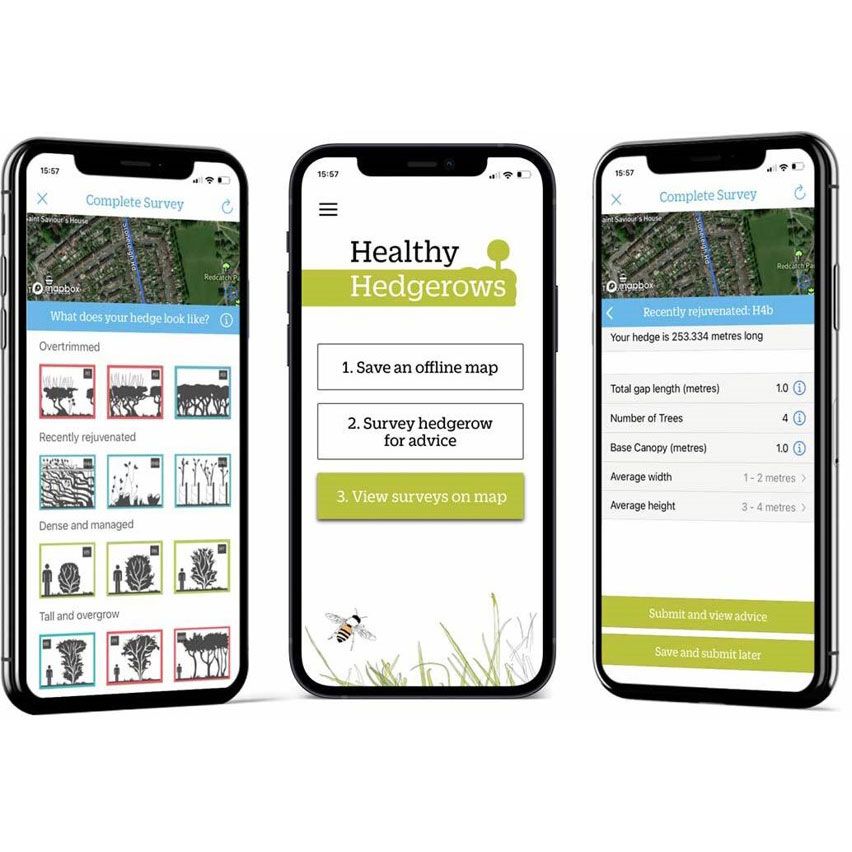
The Healthy Hedgerows survey provides instant feedback about the health of the hedge and bespoke management advice. The data that you contribute helps us to understand the overall health of hedgerows at a national scale so that we are able to direct our conservation work. Learn more:
